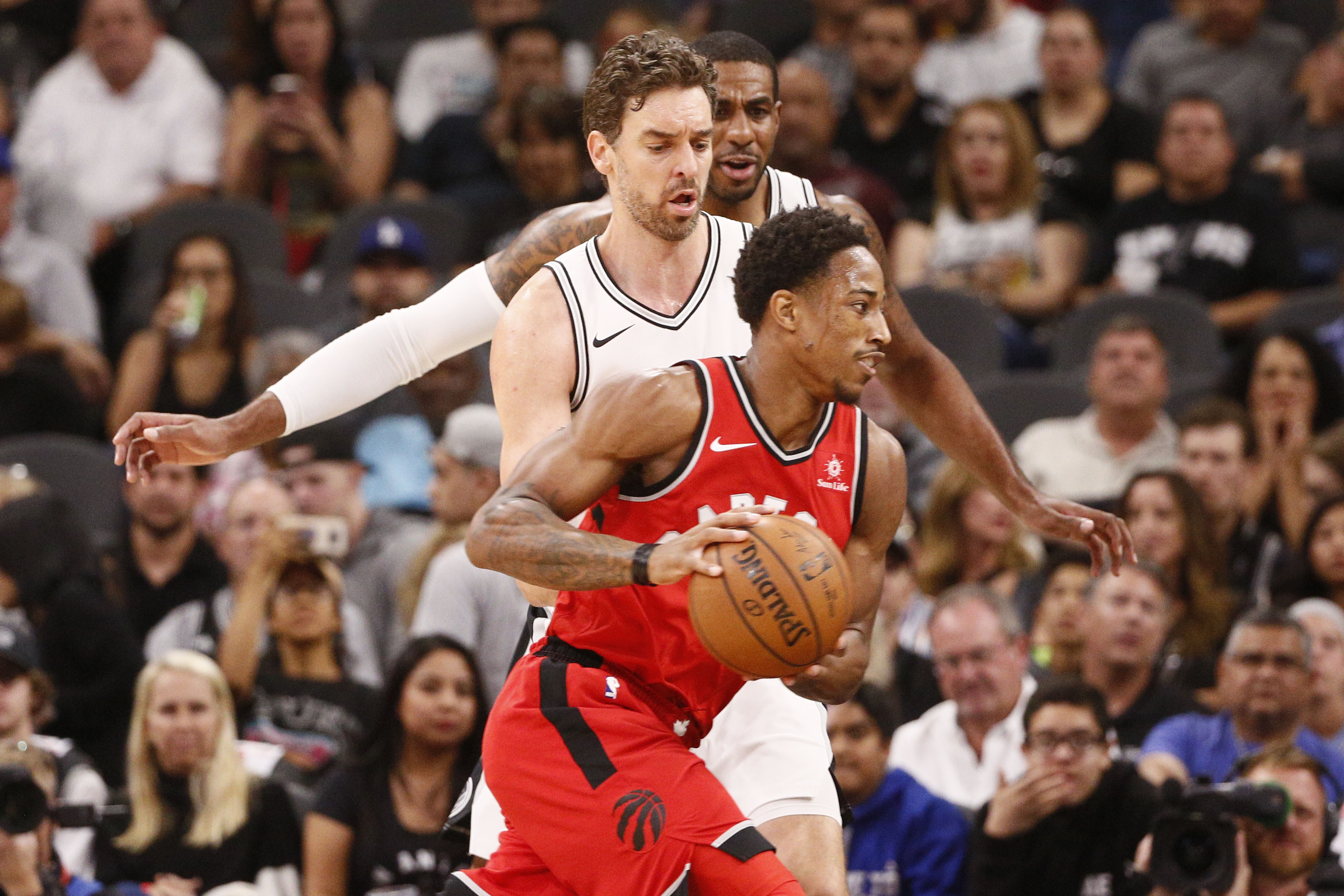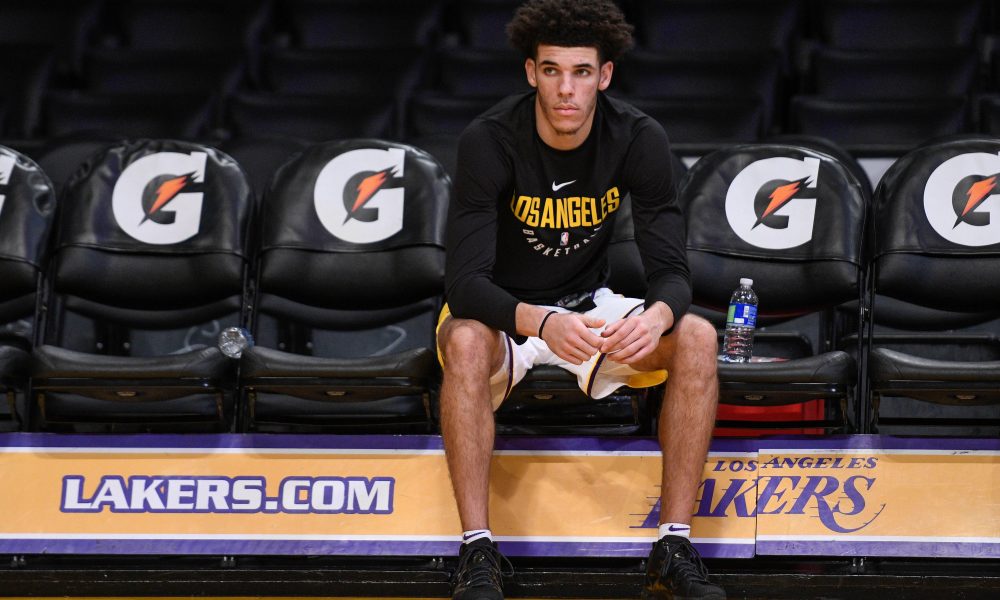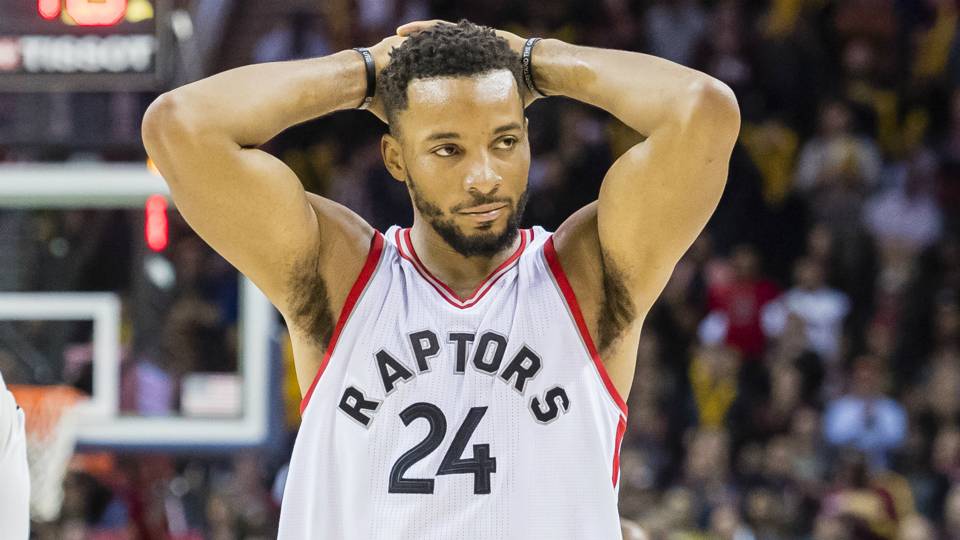Much of the conversation surrounding the Toronto Raptors so far this season has centered around how the club should best implement their newfound offensive philosophy, one that emphasizes ball movement and spacing the floor. It’s a tricky identity overhaul for the club, in part because the team’s top player in DeMar DeRozan excels in isolation scenarios.
![]()
![]()
Nearly 20 percent of DeRozan’s scoring opportunities in 2016-17 came in isolation, and in those situations, the All-NBA guard scored 4.7 PPG with an efficient 46.9 field goal percentage. DeRozan’s efficiency coupled with his ability to create contact and get to the free throw line made isolation scenarios enticing for Toronto. Kyle Lowry also enjoyed his fair share of isolations last season, with 11 percent of his scoring opportunities created that way.
Relying on your star players consistently beating their opponents one-on-one to the cup may work in the regular season to a certain degree, but it doesn’t work much when the playoffs arrive and defenses clamp down on your biggest strengths. The Raptors have consistently proven that. In postseasons past, teams would clamp down on DeRozan and Lowry, throwing double-teams galore at them with overwhelming effectiveness.
We saw something similar in the final few minutes against Golden State on Wednesday. When Toronto needed to pad the lead and keep the Warriors from clawing back, they resorted to isolation plays featuring Lowry or DeRozan on three straight possessions in the final 70 seconds, all of which were unsuccessful. Predictably, Golden State took full advantage of the Raptors’ missed opportunities, ultimately escaping with a win.
Look, it’s okay to sometimes throw in a few isolation plays here and there when you have a player as skilled as DeRozan is in those situations. But when it’s the final minute of a game and an isolation seems to be your fallback option on offence when you’re in need of a bucket most, that’s an issue. They’re both predictable, and more importantly, don’t create tantrums for a defence the way effective ball movement has the opportunity to. Learning to mesh isolation plays into their pass-first offence is crucial over the course of the regular season and arguably the biggest hurdle the team faces as part of their journey to overhaul an established playing style from years past.
So far this season, DeRozan hasn’t fully abandoned creating scoring opportunities by getting his man one-on-one. He has taken 1.5 less field goals in those instances, though. This is such a small sample size, but if that drop is indicative of one thing, it’s that DeRozan has made a concerted effort to distribute the ball in scenarios where he may have looked more aggressively for his shot a season ago. Again, it’s still early. We’ll be able to paint a much more accurate and telling picture of how DeRozan’s game has evolved in the weeks to come.
Aside from the déjà vu in crunch time against the Warriors, the Raptors have shown their willingness to stop relying so heavily on isolation through one week’s worth of games. They’ve dished 24 dimes per game and averaged 113.5 points so far (fourth and fifth, respectively league-wide). Despite a loss at Oracle Arena, Toronto exploited one of the top defenses in the league with crisp passing throughout the game’s majority. That showing provided yet another glimpse of the immense potential the team’s offence has going forward, as the club tallied an impressive 30 assists along with 34 three-point attempts.
 Five highest scoring teams through four games of 2017-18 season. (NBA.com)
Five highest scoring teams through four games of 2017-18 season. (NBA.com)
Potential is one thing, but executing the offensive formula efficiently is another. Of the 34 three-pointers the Raptors launched from distance on Wednesday, just eight (23.5 percent) found the bottom of the net. Aside from the season opener against Chicago, the Raptors haven’t cracked 30 percent as a team from three-point range, despite shooting an astronomical number of shots from that distance each game. Although it’s been just four games, one must ask themselves whether Toronto’s roster has the right personnel to truly execute what they envision offensively out on the court. Outside of offseason acquisition C.J. Miles, Lowry, and newly-minted three-point godsend Serge Ibaka, this team really doesn’t have any other proven shooters that can consistently knock down outside shots. That’s a problem, especially if your team’s new offence is meant to revolve around pace and space like the Raptors is.
Based on the first week of the 2017-18 season, it’s clear the Raptors are all-in on revamping their offence. Now, the biggest question that remains is whether they can actually pull it off.



 Five highest scoring teams through four games of 2017-18 season. (NBA.com)
Five highest scoring teams through four games of 2017-18 season. (NBA.com)
